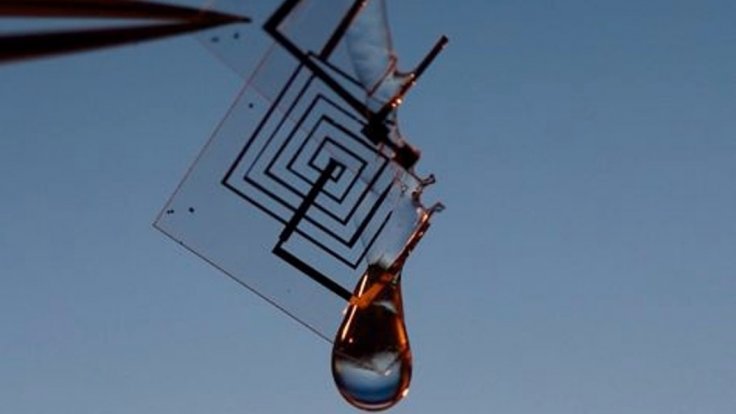DARPA’s Inbound, Controlled, Air-Releasable, Unrecoverable Systems (ICARUS) program successfully developed small, unmanned, single-use, unpowered air vehicles that can be dropped from an aircraft to deliver supplies to isolated locations in the event of disasters, and then evaporate into thin air after the job is done.

The self-destructing drones will be used to deliver vital post-disaster relief or critical supplies to soldiers engaged in combat. Supplies that are delicate, perishable, or that need to be landed precisely require the specific hardware and avionics that DARPA’s drones possess.
The ICARUS program is an off-shoot from DARPA's Vanishing Programmable Resources (VAPR) program, which created a new class of electronics designed to self-destruct on command in order to prevent being captured from enemy forces.
VAPR established polymer panels that channel directly into a gas, and electronics-bearing glass strips that have high-stress inner anatomies and can shatter to dust on command. These advancements led DARPA to consider new applications for the technology.
“With the progress made in VAPR, it became plausible to imagine building larger, more robust structures using these materials for an even wider array of applications,” said VAPR and ICARUS program manager Troy Olsson. “And that led to the question, 'What sorts of things would be even more useful if they disappeared right after we used them?' In discussions with colleagues, we were able to identify a capability gap that we decided was worth trying to close.”
The air delivery vehicles are adequate enough to drop up to 3 lb (1.4 kg) within 10 m (33 ft) of a target and cover a lateral distance of over 150 km (93 mi) when released from a stationary balloon at 10,670 m (35,000 ft). They will also completely vanish within four hours of delivering their payload during the day and within 30 minutes of morning civil twilight (when the Sun is 6 degrees below the horizon) if dropped at night.
“Vanishing delivery vehicles could extend military and civilian operational capabilities in extenuating circumstances where currently there is no means to provide additional support,” said Olsson.
With a U.S. budget of $8 million, ICARUS is a two-phase program scheduled to last 26 months.
Source: Gizmag
Advertisement
Learn more about Electronic Products Magazine





